Equipment
The story of Nickent Golf: From breakthroughs to bust
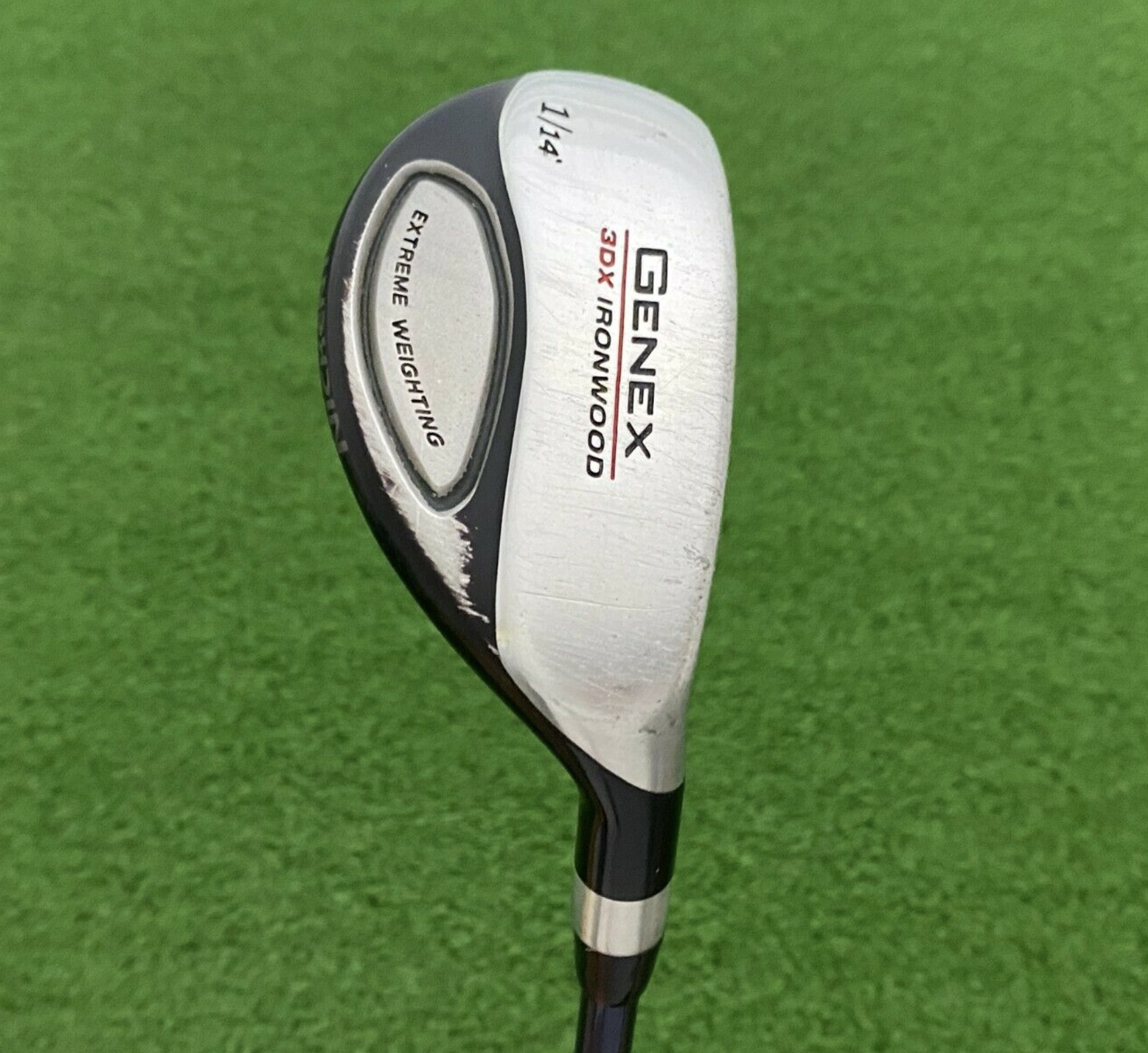
The golf equipment business is full of companies that have come and gone.
For some, it was quick—“Mac Burrows,” anyone?—and for others, it was a slow decline with some of the best examples being Ram and Founders Club (Remembering golf’s forgotten big brands).

But when it comes to “what could have been” in the golf industry, to me there is one company that stands out above the rest in the modern equipment business: Nickent.
From the very beginning
Our story begins with Nickent playing the part of an entry-level custom “clone” brand—but this era didn’t last long.

Although it’s difficult to put an exact date to it, Nickent quickly changed its tune and started creating its own original designs. That’s when things really started to take off for the company. The first line was under the Genex Cross name, and then soon after the 3DX was launched, which included the famous Genex Ironwood—one of the finest hybrids of all time.

As much as Adams gets well-earned credit for pioneering the modern hybrid to the mainstream market, Nickent was right there around the same time—and its designs appealed to both better players and higher handicaps alike.
Overall, the clubs weren’t flashy, but they worked, and beyond the designs, they also found a sweet spot in retail at a price point just below where the big OEMs played, while still offering great performance. I can distinctly remember working golf retails when Nickent was at its peak and for those players who wanted new clubs, Nickent was a go-to brand that offered hundreds of dollars in savings compared to the major players.
So how did they do it at a lower price point?
Behind the Nickent design curtain
The keys to any club’s performance starts with a great design ( shocking right?), and Nickent had a little secret weapon up its sleeve—John Hoeflich. I realize this name is unknown to many people, but John is an industry veteran and was the person behind the second most famous iron of all time: the Tommy Armour 845 (with number one being the Ping Eye2). John was also the designer behind another extremely popular iron, the TaylorMade RAC LT.
John was brought aboard by Michael Lee, the founder, and owner of Nickent. The smaller team allowed them to be nimble in the market and also kept the cost low, which was passed down to the consumer. They had a small tour presence which helped to create buzz; Jim Furyk was among the early adopters, but beyond that, it was print media and word of mouth through retail channels that helped Nickent quickly grow.

The most noted irons produced by Nickent were the forged 3DX Pros, and what set them apart on the retail level, beyond their looks and price, was the stock shaft offering—the Nippon NS Pro 1180. Most “players irons” at the time still came stock with heavier shafts designed to lower ball flight but the lightweight Nippon offered a stable yet easier to hit option players loved—and that lead to sales!
Nickent innovations

Nickent wasn’t afraid to innovate the industry and try new things—it’s one of the benefits the smaller company had.
“The exciting thing about Nickent is that we dont have to be afraid to try anything and the chain of command is very short! Our creativity isn’t stifled by big corporate business blockades, we are not risk aversive, we dont have to protect 30% market share, so we can do whatever the heck we want as long it is a quality product and people like it.”
– John Hoeflich (2005 Golf Channel interview)
They had hybrids that utilized multi-material construction along with forged irons with vibration dampening cavity inserts (3DX and 4DX pro irons), but the two biggest innovations they brought to the mainstream market before their demise still have design relevance today—the ARC blades and the 4DX Evolver driver
ARC Blades
ARC stood for “Active Rebound Core,” and the ARC blades could be credited as one of the first modern true hollow “players” irons. There was even a point when Bubba Watson played an ARC lob wedge.

4DX Evolver driver

The 4DX Evolver was the first 460cc adjustable hosel driver and came with two interchangeable shafts when you bought it.
The driver even led to a small lawsuit with TaylorMade when Nickent ran an aggressive print ad claiming the 4DX was the “Number 1 driver on tour.” The ad featured an asterisk noting it was the Number 1 driver model at a Nationwide Tour event but it created enough heat at the time TaylorMade decided to step in—from memory the lawsuit never really went anywhere.
*for some reason, this is the kind of stuff is seared into my memory

The 4DX’s construction was impressive beyond just the adjustability and touted 0.4mm thick crown—a number that is still impressive by today’s standards.
But even with all the technological breakthroughs and growing tour staff, it wasn’t long before Nickent’s eventual demise.
So what really ended it?
As a smaller company, Nickent’s death was attributed to a number of culminating events, with the biggest being something it had no control over—the 2008 financial crash. That market decline was the final nail in the coffin.
Leading up to 2008, Nickent was growing fast, and ownership was ready to take the company to the next level and make it “one of the big guys.” It made a substantial investment on the PGA Tour into staff players—including former U.S. Am Champ Jeff Quinney along with Tim Petrovic—as well as investing in a state-of-the-art tour trailer.

To accomplish all of this Nickent took on debt, both for marketing and inventory to cover the expected sales growth numbers. Unfortunately, the rising costs were too much of a burden for the smaller company and its single financial backer, and when club sales dried up in 2008 and the industry slowed down over the next few years, it was too much all at once. In May of 2009, Nickent went into receivership, and that was that—the beginning of a steep decline for Nickent.
The brand was eventually bought and turned into a house brand for Golf Galaxy, but it only lasted a few more years before being shelved entirely.
Equipment
BK’s Breakdowns: Cameron Young’s winning WITB, 2025 Wyndham Championship

Cameron Young’s WITB from his win at the 2025 Wyndham Championship. Cameron is a Titleist staff player but his bag is definitely filled with some unique clubs. Here are the clubs he used to secure his first PGA Tour win!
Driver: Titleist GT2 (9 degrees, A1 SureFit setting)
Shaft: Mitsubishi Tensei 1K Pro Orange 70 TX
3-wood: Titleist GT3 (15 degrees)
Shaft: Mitsubishi Tensei 1K White 80 TX
Hybrid: Titleist GT2 (21 degrees)
Shaft: Fujikura Ventus HB Black VeloCore+ 10 X
Irons: Titleist T200 (4), Titleist T100 (5), Titleist 631.CY Prototype (6-9)
Shafts: True Temper Dynamic Gold X7 (4-9)
Wedges: Titleist Vokey Design SM10 (48-10F, 52-12F, 56-14F @57), WedgeWorks (60-K* @62)
Shafts: True Temper Dynamic Gold X7
Putter: Scotty Cameron Phantom 9.5 Tour Prototype
Grips: Golf Pride Tour Velvet Cord
Ball: Titleist Pro V1x Prototype
Whats in the Bag
Peter Malnati WITB 2025 (August)
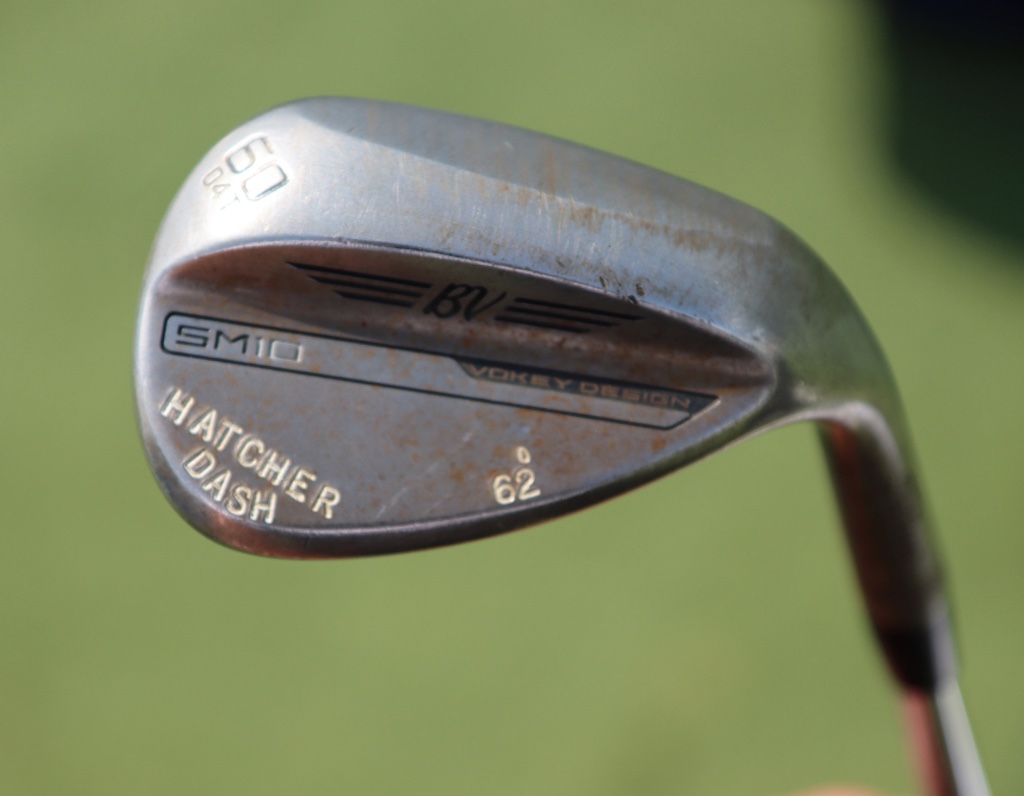
- Peter Malnati what’s in the bag accurate as of the Wyndham Championship. More photos from the event here.
Driver: Titleist GT3 (10 degrees, C2 SureFit setting)
Shaft: Project X Denali Blue 60 TX
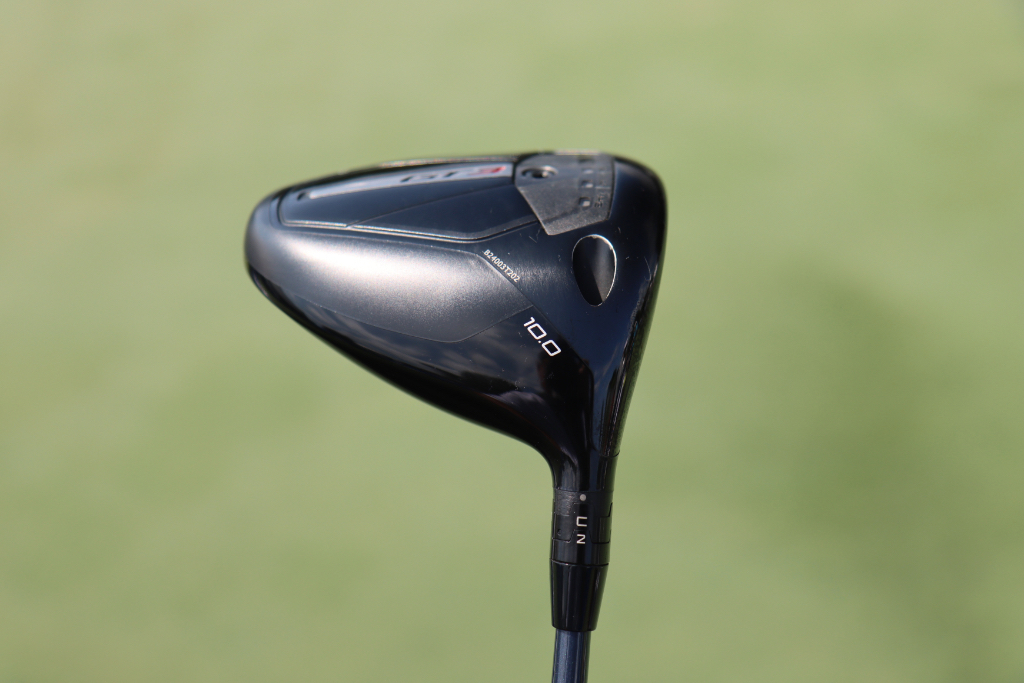

3-wood: Titleist GT3 (15 degrees, A1 SureFit setting)
Shaft: Fujikura Ventus TR Blue 7 X
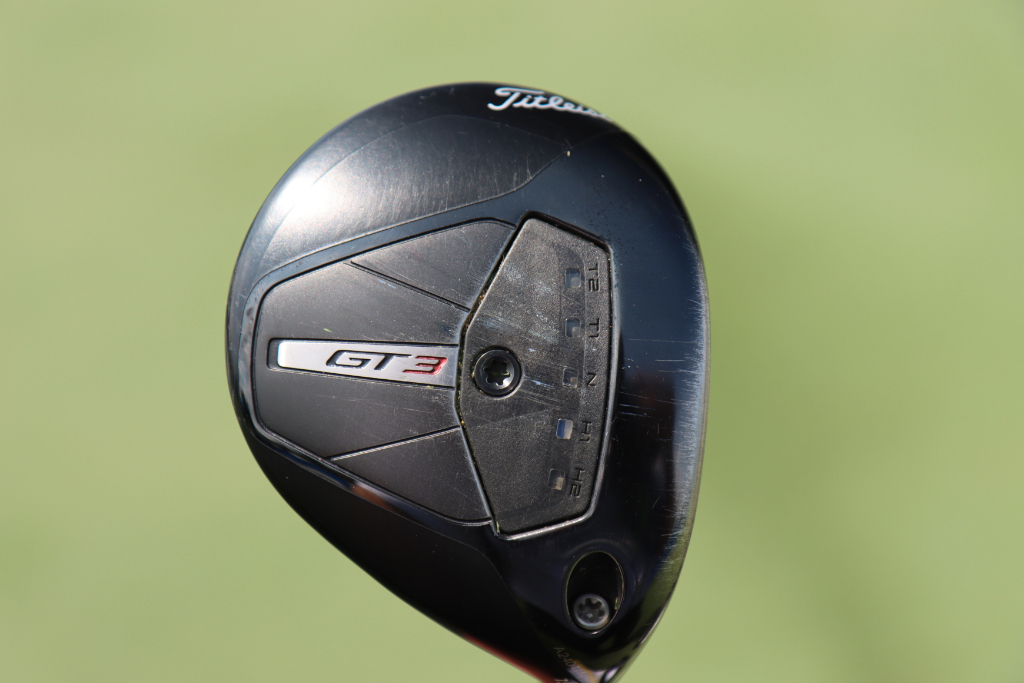
7-wood: Titleist GT2 (21 degrees, D1 SureFit setting)
Shaft: Fujikura Ventus TR Blue 8 X
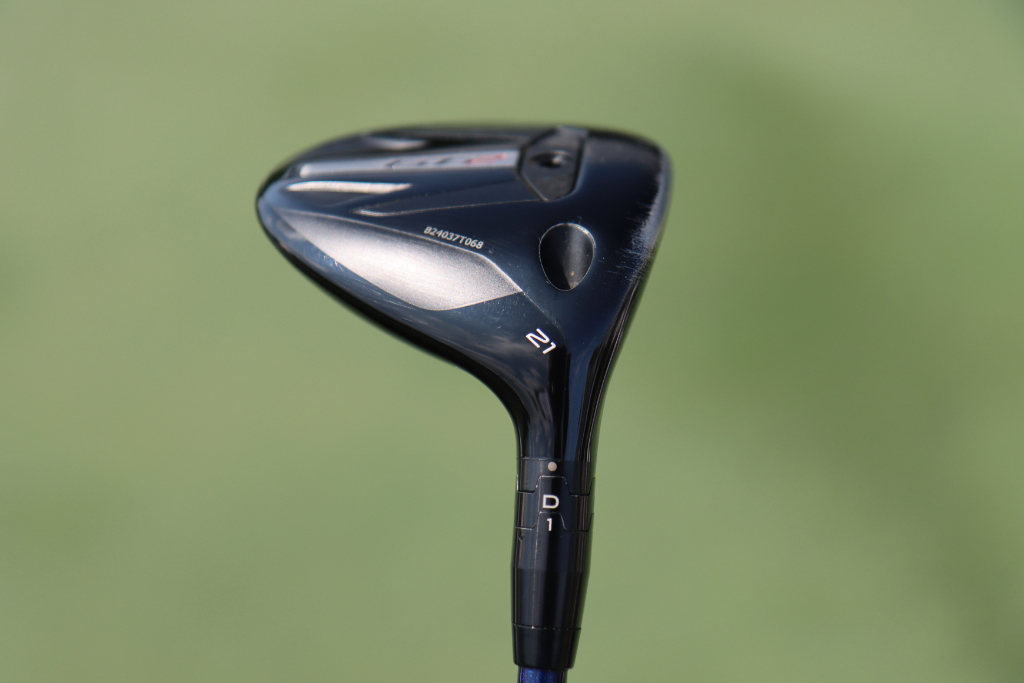
Irons: Titleist T150 (4, 5), Titleist T100 (6-9)
Shafts: True Temper AMT Tour White X100
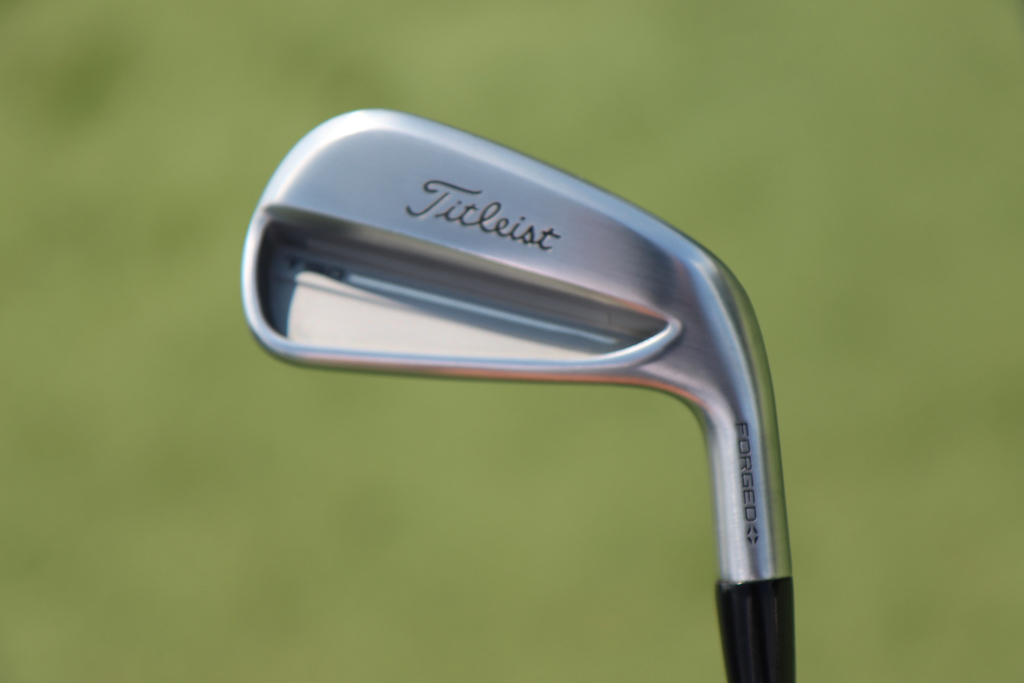
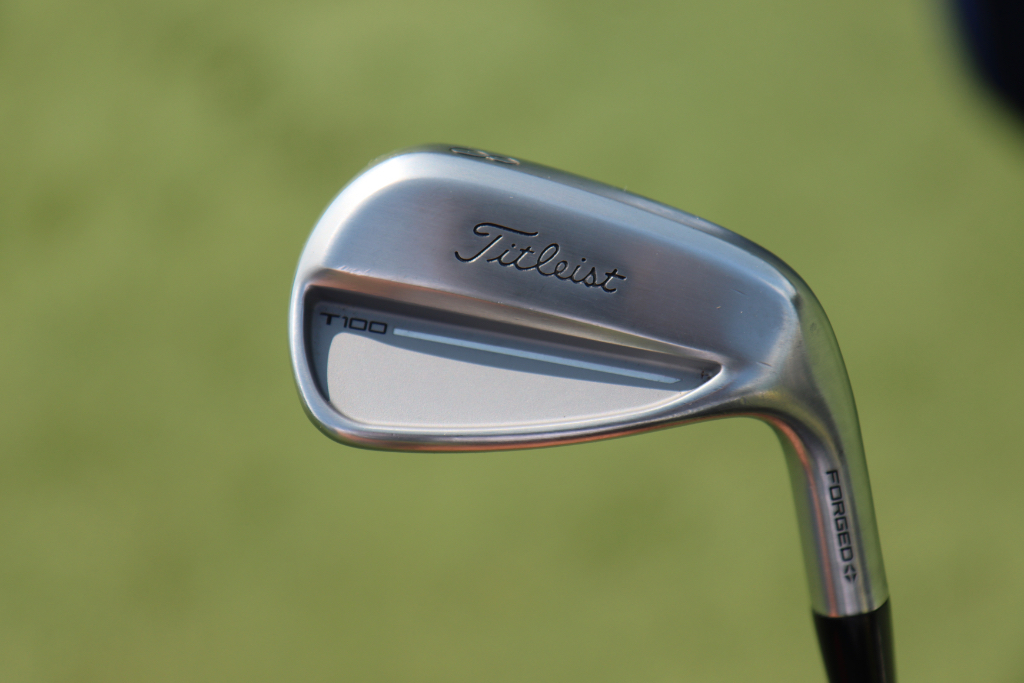
Wedges: Titleist Vokey Design SM10 (48-10F @47, 52-12F, 56-08M @57, 60-04T @62)
Shafts: True Temper Dynamic Gold Tour Issue S400
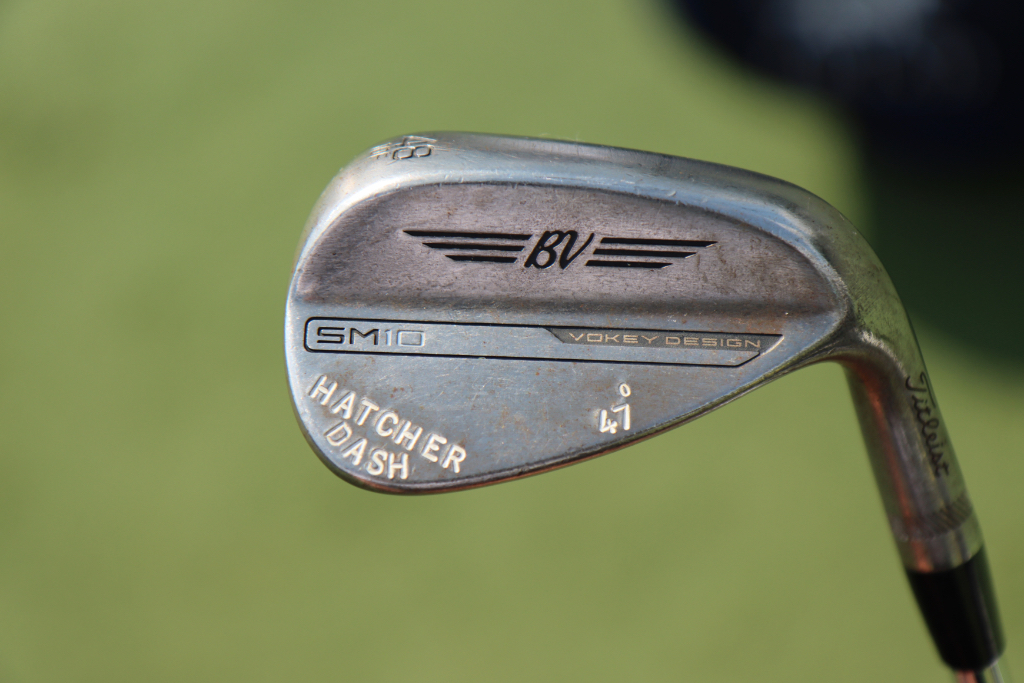
Putter: Scotty Cameron Studio Style Fastback 1.5 Tour Prototype
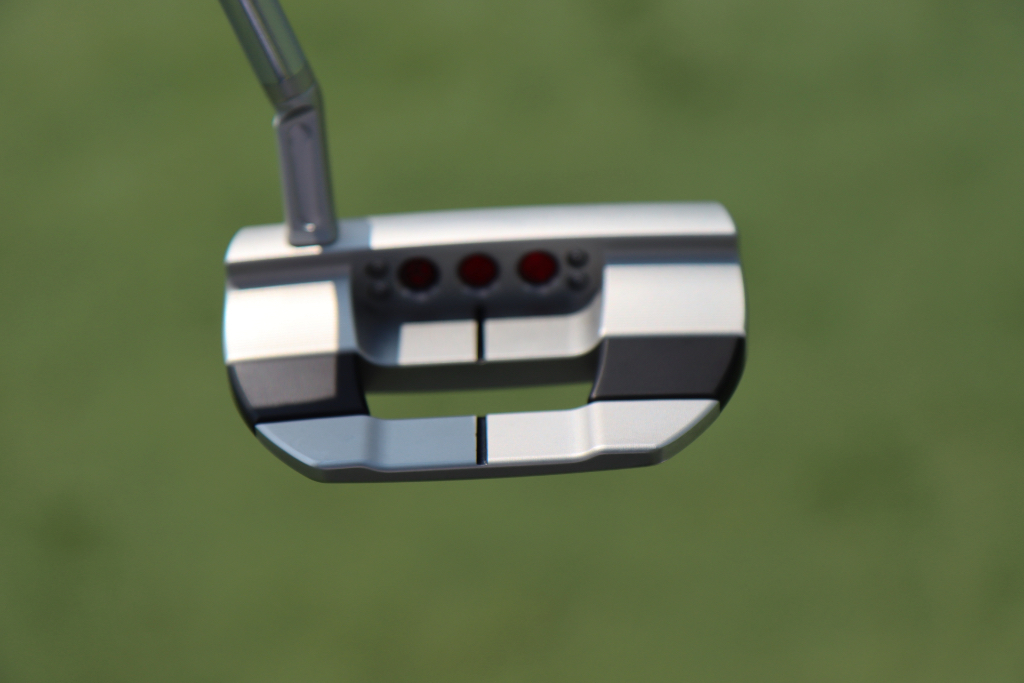
Grips: Golf Pride Tour Velvet
Ball: Titleist Pro V1x Yellow
Equipment
GolfWRX Members Choice presented by 2nd Swing: Best driver of 2025
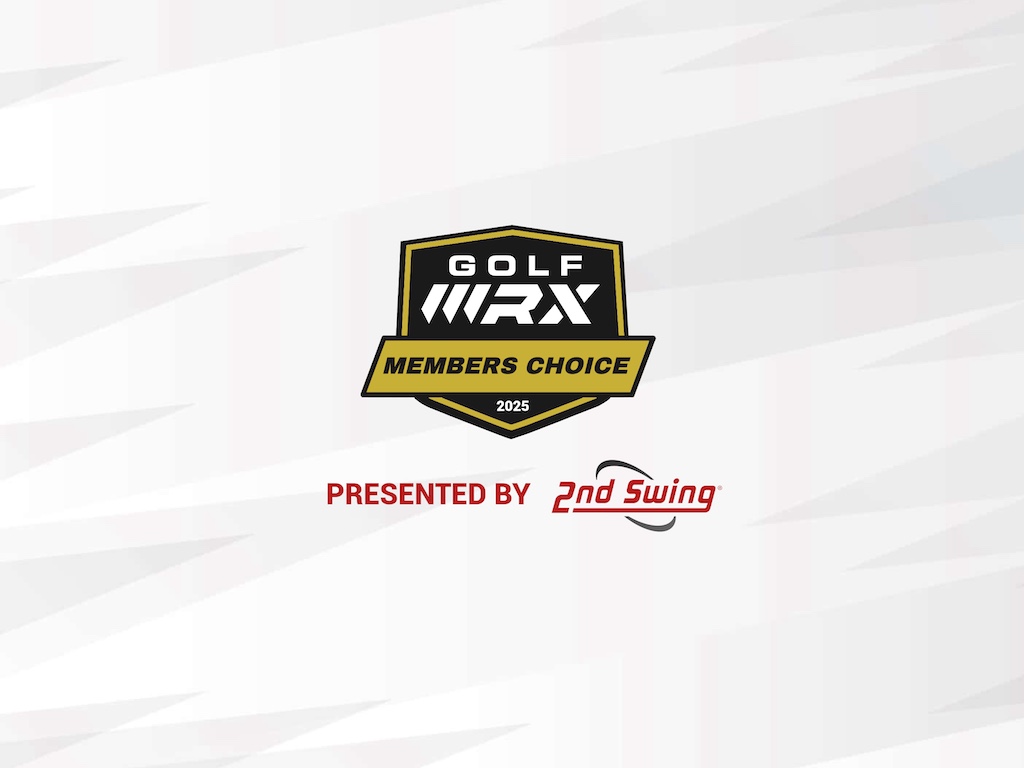
We’re proud to once again partner with 2nd Swing Golf to bring you GolfWRX Members Choice 2025! 2nd Swing has more than 150,000 new and pre-swung golf clubs available in six store locations and online. Check them out here.

What is the best driver in 2025? At GolfWRX, we take great pride in our online community and the cumulative knowledge and experience of our members. When it comes to the best driver of 2025, we want to know what our forum faithful think.
Since our founding in 2005, the bedrock of GolfWRX.com has been the community of passionate and knowledgeable golfers in our forums, and we put endless trust in the opinions of our GolfWRX members — the most knowledgeable community of golfers on the internet. No other group of golfers in the world tests golf clubs as frequently or as extensively, nor is armed with such in-depth information about the latest technology.
Below are the results of GolfWRX member voting for the 2025 best driver, along with the vote percentage for each club.
Best driver of 2025: The top 5
5. Callaway Elyte Triple Diamond: 6.02%
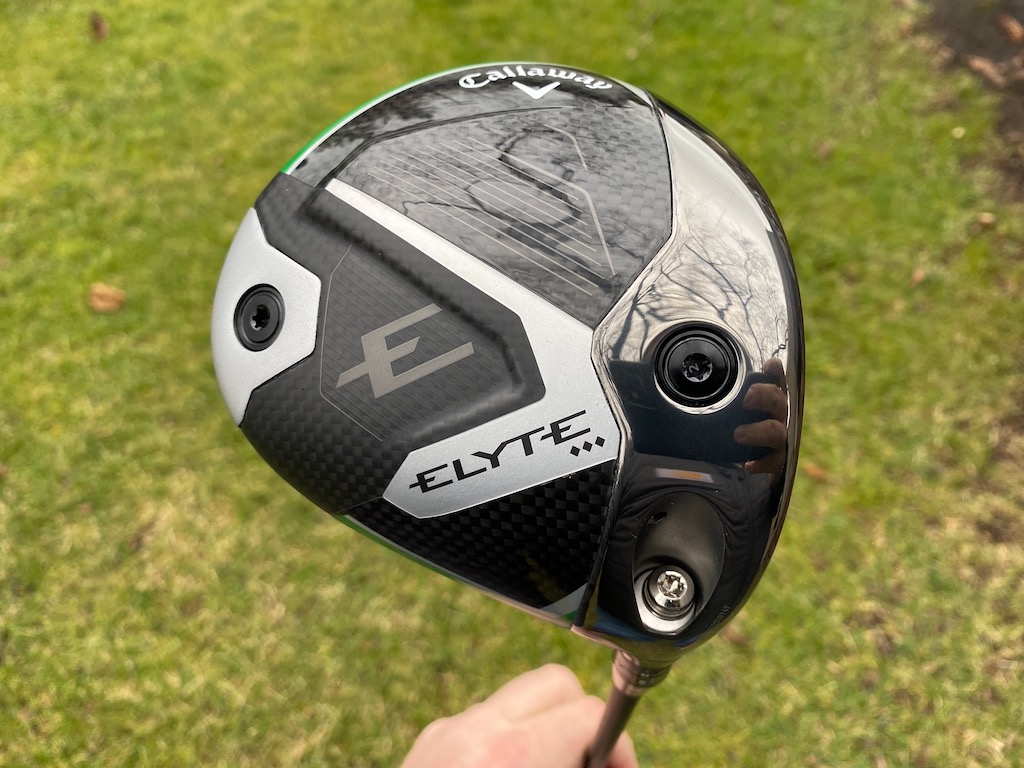
Callaway’s pitch: “For golfers looking for a fast, forgiving, yet workable driver, the Elyte Triple Diamond features a tour-inspired shape and is the preferred model by most Callaway tour players.”
You can read what other golfers are saying about the driver in the GolfWRX forums, and see our launch piece here. Shop the Callaway Elyte Triple Diamond here.
4. Ping G440 Max: 6.86%
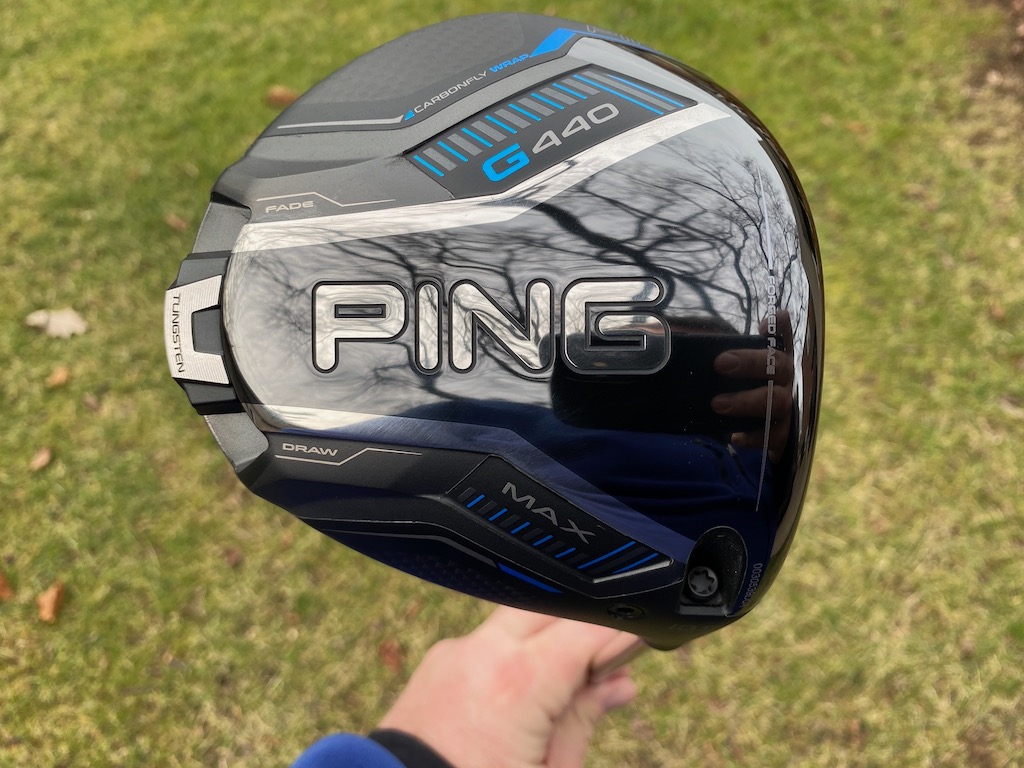
Ping’s pitch: “The most forgiving G440 model, MAX has a hotter face to generate speed and distance, and a lighter overall system weight with a longer shaft (46″) for faster clubhead speed, higher launch and longer carries. The Free Hosel and Carbonfly Wrap crown save weight to create our lowest CG ever and increase forgiveness while contributing to a more muted, pleasing sound.”
You can read what other golfers are saying about the driver in the GolfWRX forums, and see our launch piece here. Shop the Ping G440 Max here.
3. Ping G440 LST: 9.53%
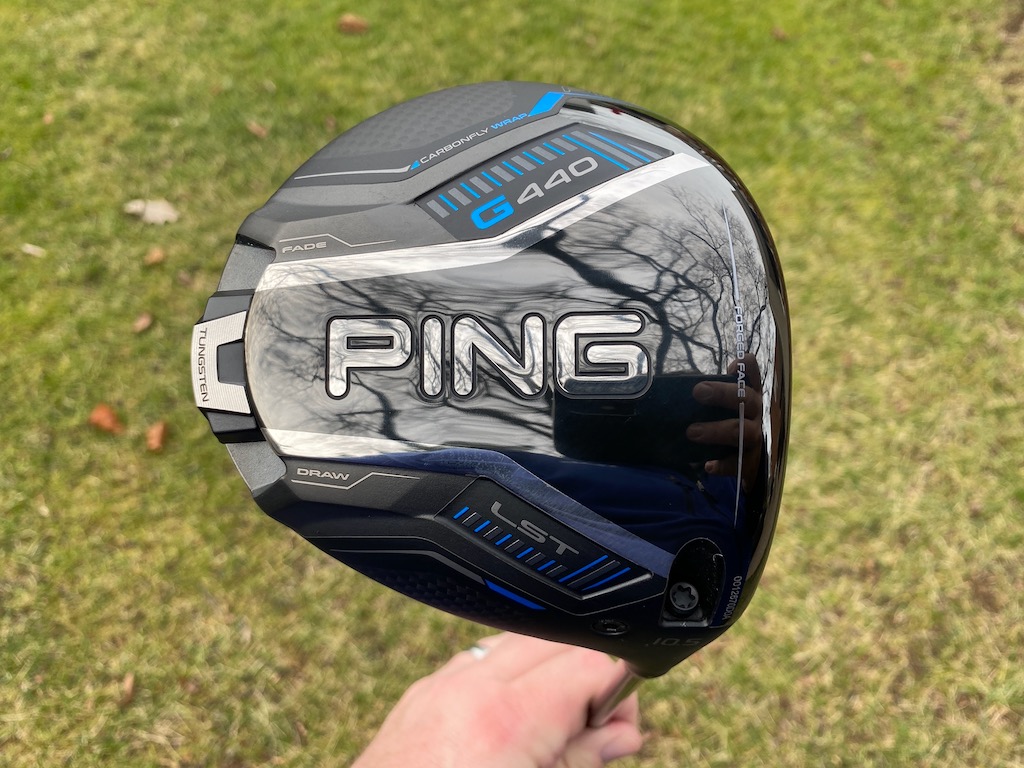
Ping’s pitch: “LST is an especially good fit for faster swings, offering less spin and more control with a penetrating trajectory. A hotter face, lighter overall system weight and longer shaft (46″) deliver more speed and distance while maintaining tight dispersion.”
@phizzy30: “Not a fan of Ping drivers in general, but 440 LST takes the cake. It’s super forgiving across the face for a low spin head, looks and sounds good and the ability to make it play neutral or slightly fade biased through the hosel settings is very appealing.”
You can read what other golfers are saying about the driver in the GolfWRX forums, and see our launch piece here. Shop the Ping G440 LST here.
2. Titleist GT3: 16.55%
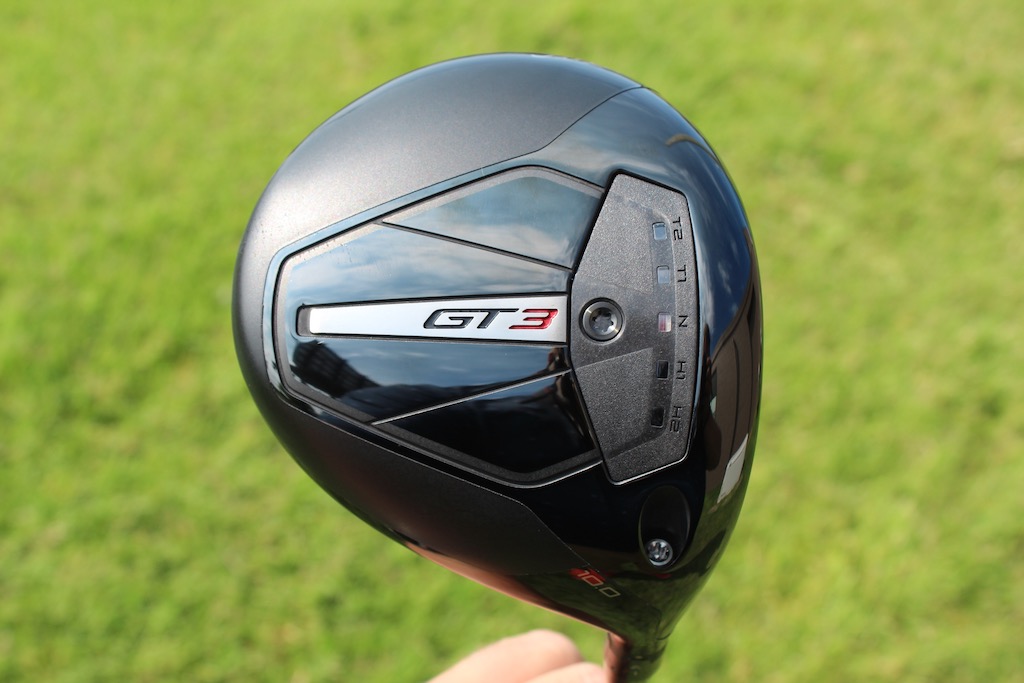
Titleist’s pitch: “The GT3 Driver offers Titleist’s boldest combination of power and personalization through adjustable performance. Dial in the CG Track to your frequent contact location to make your biggest drives even bigger while taking total control over flight and shaping.”
@mrmikeac: “I’ve been Anti-Titleist for years and years and years (outside of Vokey, of course). With that being said, HOLY BEGEEZUS the GT3 driver is an absolute NUCLEAR MONSTER! This thing blew my G430 10K Max out of the water in every single category. Forgiveness is the biggest thing that stands out of me, the 3 model has always been one of the less forgiving models in the past but this GT3 can take bad shot after bad shot and still end up in the fairway, I think a ton of that has to do with the adjustability, it’s actually effective. Feel and sound is perfect, that solid crack is so addicting to hear and when you hit it out the screws this thing can absolutely bomb it. Titleist, I’m sorry for doubting you. You have converted me.”
You can read what other golfers are saying about the driver in the GolfWRX forums, and see our launch piece here. Shop the Titleist GT3 here.
1. Titleist GT2: 22.91%
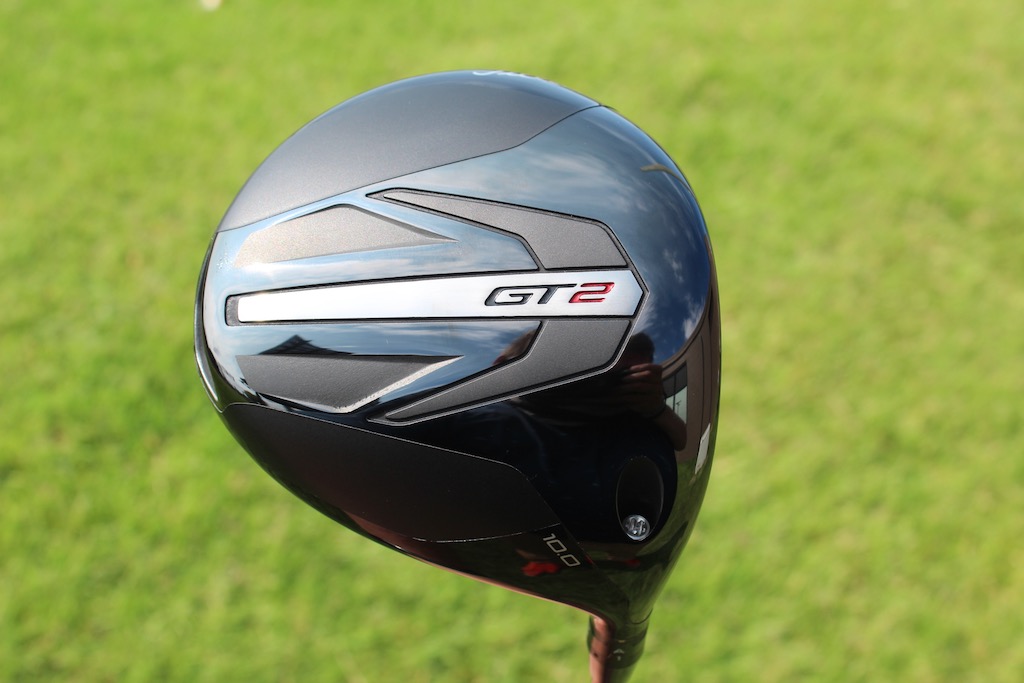
Titleist’s pitch: “Delivering impressive distance from any impact point, the Titleist GT2 Driver extracts maximum performance through a forgiving design. Get the stability and added confidence of a high-MOI driver without sacrificing speed.”
@DTorres: “The Titleist GT2 has proven to be the best driver of the year. Packaged in a classic profile, GT2 perfectly balances performance and forgiveness while consistently being a high performer across all categories.”
You can read what other golfers are saying about the driver in the GolfWRX forums, and see our launch piece here. Shop the Titleist GT2 here.
Other drivers receiving >2% of the vote
| Driver | Vote percentage (%) |
|---|---|
| Cobra DS Adapt Max K | 4.85% |
| Ping G430 Max 10K | 3.85% |
| Callaway Elyte Triple Diamond | 3.68% |
| TaylorMade Qi35 | 3.51% |
| Callaway Elyte | 3.18% |
| Cobra DS Adapt X | 2.34% |
| Cobra DS Adapt LS | 2.17% |
| TaylorMade Qi35 LS | 2.17% |
View this post on Instagram

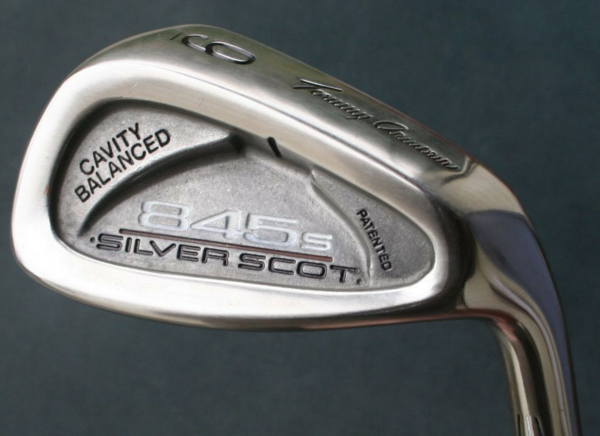
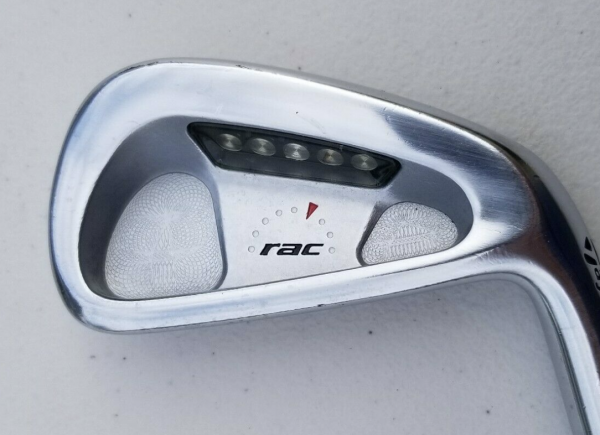
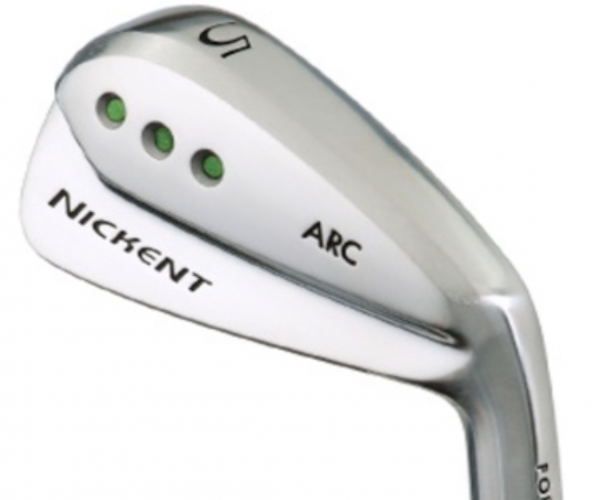
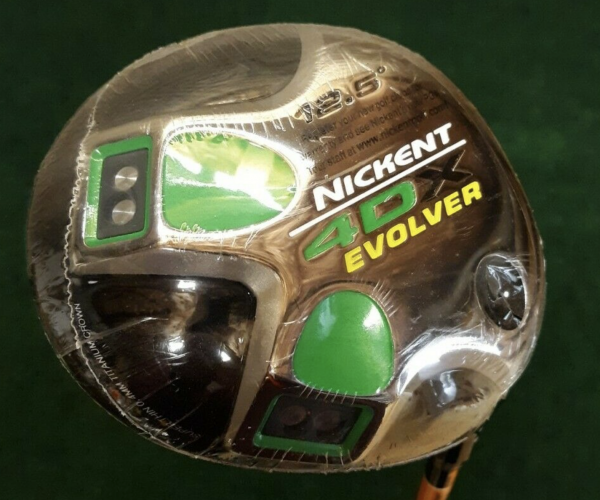



















Holmer
Aug 29, 2022 at 3:09 am
I just added a 4DX 3 “Iron wood” to the bag. It was passed around the guys for a few weeks before it was handed to me. My first thought was this is not for me. I don’t care all that much about branding, but the 20 degree loft it says it has is only a single degree stronger than the Speedzone 4 hybrid I bought last year. But I guess because it’s lighter and of course has a slightly longer shaft, it actually fit the gap between the 4 hybrid and my Cobra 4 wood which I have set to 16 degrees as far is distance is concerned. The club has found a home in my bag.
From the very first swing I was taken with it. That first shot was from the fairway, uphill 30 feet or so to a green that was wider than it was deep and 195 yards away. And while it ran off the back onto the first cut a few inches it barely missed landing in the hole. When you get that with your first swing, you know you have a winner in your hands.
Pingback: Morning 9: Whataberger! | Is the Spieth half empty or half full? | Winning WITB – GolfWRX
Chris
Feb 14, 2021 at 9:35 am
Good article. Still in my bag today complete set of 4dx irons,hybrids and 4dx Evolver driver. Left handed so options were limited back then. Still love them.
NevadaBobs
Feb 14, 2021 at 12:15 am
The GH+ irons (X14) were as good as the real deal. These irons also helped golfers realize graphite shafts could be good for more than seniors, they were available with the UST Proforce “Laker Shafts” in regular and stiff. I also remember them having great customer service, I think her name was Chablis. She was rad, hope she sees this post.
ChipNRun
Feb 13, 2021 at 10:35 pm
The Nickent hybrids were industry leaders. The drivers and irons, however, were mainly niche fads which didn’t get wide traction.
Looking back at golf club manufacturing, the number of OEMs has gone down and up and down since the 1970s. The following figures come from company counts available in Ralph Maltby’s 1995 4th ed. of “Golf club Design, Fitting, Assembly and Repair.
* Early 1970s: 14 main OEMs (this was about the time Karsten/Ping was gaining traction, and people with aerospace backgrounds were getting into club design)
* Late 1980s: 31 OEMs active in the USA market.
In the mid-1990s a shakeout comes, as several brands such as MacGregor and Hogan and TopFlite are sold, and sold again. Others go out of business. Big holding companies are not as patient with quirky golf divisions as are golf insiders and loyalists.
In the 2008 Recession, several brands finally crash. Hogan, MacGregor and Nickent among them. Hogan goes to Callaway for the Edge brand, then gets bought out and resurrected circa 2015 by a Texas group. MacGregor and Nickent become house brands before finally fading out. Adams gets bought by TaylorMade, and then fades away. Another shakeout… (Callaway still owns TopFlite.)
Charles Hamilton
Feb 13, 2021 at 10:14 pm
Sheesh, give the guy a break! Brief it may be, but the article is a great read. I can only imagine the vitriol unleashed on the writer if he had written a comprehensive wall to wall article. Then the complaints would have been that it was too long, boring, this ‘n that, and that ‘n this about a late great has been golf company that did not make it. I had a Nick hybrid that served me well till I got ahold of Taylormade’s offerings. Great write up Ryan, keep ’em coming!
Jim
Feb 13, 2021 at 10:07 pm
I had two of the evolver drivers because I put in bids on E-Bay and won them both…both were new still plastic wrapped and both cost less then $100..and still in golf shops.(when E-bay had deals) I sold one and played the other till one of the back weights came off during a round somewhere. Loved the green color and head cover and it played as good as anything at the time…
ChipNRun
Feb 13, 2021 at 7:36 pm
The Nickent hybrids were industry leaders. The drivers and irons, however, were mainly niche fads which didn’t get wide traction.
Looking back at golf club manufacturing, the number of OEMs has gone down and up and down since the 1970s. The following figures come from company counts available in Ralph Maltby’s 1995 4th ed. of “Golf club Design, Fitting, Assembly and Repair.
* Early 1970s: 14 main OEMs (this was about the time Karsten/Ping was gaining traction, and people with aerospace backgrounds were getting into club design)
* Late 1980s: 31 OEMs active in the USA market.
In the mid-1990s a shakeout comes, as several brands such as MacGregor and Hogan and TopFlite are sold, and sold again. Others go out of business. Big holding companies are not as patient with quirky golf divisions as are golf insiders and loyalists.
In the 2008 Recession, several brands finally crash. Hogan, MacGregor and Nickent among them. Hogan goes to Callaway for the Edge brand, then gets bought out and resurrected circa 2015 by a Texas group. MacGregor and Nickent become house brands before finally fading out. Adams gets bought by TaylorMade, and then fades away. (Callaway still owns TopFlite.)
A. Commoner
Feb 13, 2021 at 5:09 pm
A nice, interesting read. (Also sad.) Would welcome more like it.
flagolf
Feb 13, 2021 at 4:27 pm
You forgot the part when nickent was offering sales associates at off course retailers HUGE spiffs to sell their products. At one point a set of 3dx irons, woods and a pipe putter put almost $200 in the sales associates pocket.
Don
Feb 13, 2021 at 4:03 pm
I owned 2 of the ironwoods and the arc wedges. They were the best clubs in my bag at the time. Consistent and always got me out of trouble.
Too bad. Was a decent company at the time.
Bern
Feb 13, 2021 at 3:59 pm
So this is a really cool company to do a little profile on but was there any consideration put into doing a full comprehensive story on them opposed to just reminiscing? Exact dates, responses/quotes from former owners and employees, revenue #s etc…would have been really cool to see on Nickent and many other club companies that came and went. Lynx, Adams, Tommy Armour, Liquid Metal, Sonartec, Hogan, etc. Are all companies that long time club ho’s know and love and would love to read the “behind the scenes” rise and fall.
I have no idea if your job with WRX is to write such detailed and “investigative” type of stories but would certainly read them if you went that route.
Mike
Feb 14, 2021 at 9:27 am
Get a life! Better yet, go research this yourself if you’re that interested, there’s thing called the “internet”. This article told me just enough of what I wanted to know.
matt
Feb 14, 2021 at 9:43 am
Relax pal. The guy was respectful, just giving content feedback, you don’t have to agree. If this isn’t the place to do that I’m not sure where he should.
ben
Feb 13, 2021 at 1:43 pm
Thanks for this very teachful article. Hopefully more To come on the golf industry history!
Greg B.
Feb 13, 2021 at 11:29 am
The Genex 3DX ironwoods were pretty revolutionary at the time. Like many, I struggled hitting anything longer than a 5-iron consistently, and when I heard the initial buzz about them I went to my favorite golf shop the check them out. The owner had only a few demo clubs because he could not keep them in stock. I bought first a 3-iron replacement, which arrived in a couple of weeks, then a 4. They weren’t as easy to hit as some that came later, but were well-made and worked. It’s a shame that 2008 took them down along with a few other brands like MacGregor.